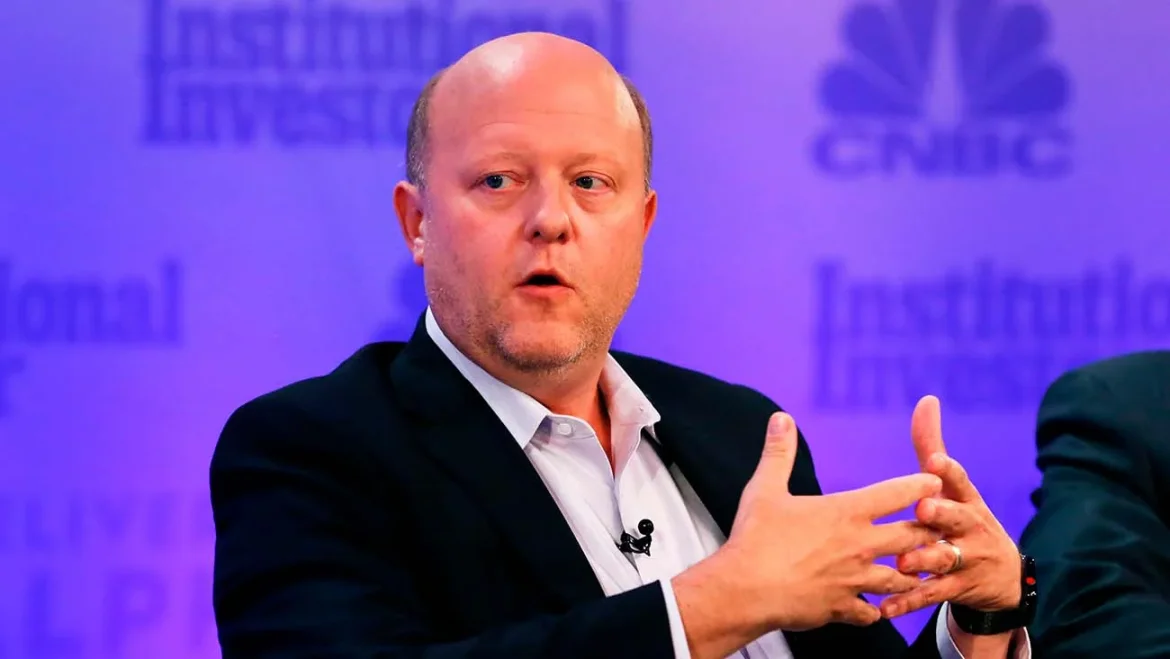Author: Ben Weiss, Fortune Magazine
Translation: Luffy, Foresight News
Building proprietary blockchains has become a new trend in the fintech sector. The American cryptocurrency exchange Coinbase has its own blockchain; online broker Robinhood announced plans to launch its own blockchain in June, and its competitor eToro is also considering following suit. Now, fintech giants Stripe and stablecoin issuer Circle have joined the ranks.
According to a deleted job posting and sources familiar with the matter, Stripe is developing a blockchain called Tempo, focusing on payment functionalities. Meanwhile, Circle announced on Tuesday morning that it is building Arc, a blockchain specifically designed for stablecoins.
The sudden emergence of enterprise blockchains raises a question: why do it seem that all major financial companies (especially Stripe and Circle) are transforming into blockchain developers?
Controlling the Complete Tech Stack
Two executives in the stablecoin sector and one investor stated that Stripe's motivation is simple: vertical integration.

By acquiring the stablecoin startup Bridge for $1.1 billion, Stripe has brought its own stablecoin and payment network into its fold. After acquiring the cryptocurrency wallet company Privy in June, it can also provide users with accounts to store stablecoins. For Stripe, which is known for traditional payment services like online checkout, adding blockchain business means creating a mature stablecoin ecosystem.
Rob Hadick, a general partner at the crypto venture capital firm Dragonfly, who frequently invests in stablecoin startups, told Fortune: "These big companies are motivated to control the complete tech stack."
Stripe is confident that stablecoins are the future of payments. If a significant portion of its $14 trillion transaction volume is completed through stablecoins, it could miss out on millions of dollars in revenue.
Blockchain is akin to Google Cloud or Amazon Web Services in the crypto tech stack. A group of decentralized servers processes numerous transactions on cryptocurrency applications, and server owners earn fees for providing computing power.
For example, according to data from DefiLlama, Coinbase's own blockchain Base has generated over $130 million in fees since its launch in early 2023.
Luca Prosperi, co-founder and CEO of stablecoin infrastructure company M0, told Fortune: "Everyone wants to control the economy."
However, whether the surge in stablecoins and their related blockchains will make it difficult for ordinary consumers to cope with the ever-increasing tokens and blockchains remains to be seen.
Stripe did not respond to requests for comment.
Defense and Offense

Circle CEO Jeremy Allaire
Circle's motivation is similar.
This stablecoin issuer, which went public in June, has its own token USDC and has built an increasingly robust payment network, even offering services for enterprise clients to create their own cryptocurrency wallets. However, this cryptocurrency company does not yet have its own blockchain and cannot earn fees from the payment transaction volume of its services.
"They also want to control this aspect of the flow of funds," said Bam Azizi, co-founder and CEO of cryptocurrency payment startup Mesh, when discussing Circle.
But Stripe and Circle are not in the same position. Stripe is one of the largest private companies in the tech sector, and as a dominant payment processor, its revenue sources are diverse. Just this January, its Stripe Billing business generated annual revenue of $500 million.
In contrast, Circle derives over 96% of its revenue from the interest generated by U.S. Treasury bonds backing its stablecoin as of the second quarter of 2025. If interest rates decline, its entire business model could be threatened.
Circle CEO Jeremy Allaire mentioned during an interview with The Information about the company's second-quarter performance: "We are building a complete system, from the infrastructure layer to the stablecoin layer, and then to the payment network layer." A Circle spokesperson declined to comment further.
Nevertheless, some believe this newly public company is playing catch-up with its competitors.
"Circle is taking a defensive and passive approach," said Dragonfly's general partner Hadick, "while Stripe is focused on the future of payments and its own business, taking an offensive and proactive approach."
免责声明:本文章仅代表作者个人观点,不代表本平台的立场和观点。本文章仅供信息分享,不构成对任何人的任何投资建议。用户与作者之间的任何争议,与本平台无关。如网页中刊载的文章或图片涉及侵权,请提供相关的权利证明和身份证明发送邮件到support@aicoin.com,本平台相关工作人员将会进行核查。




